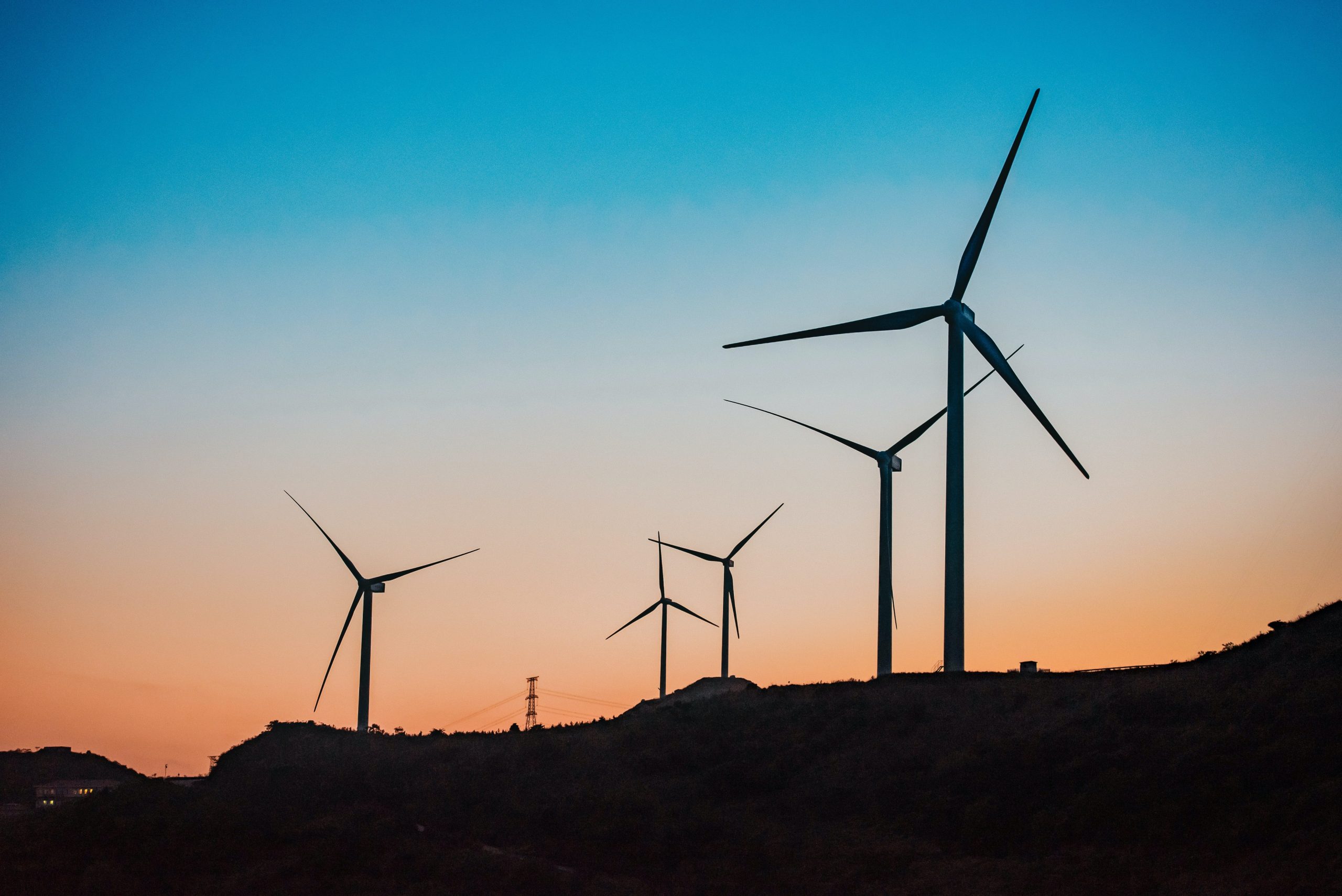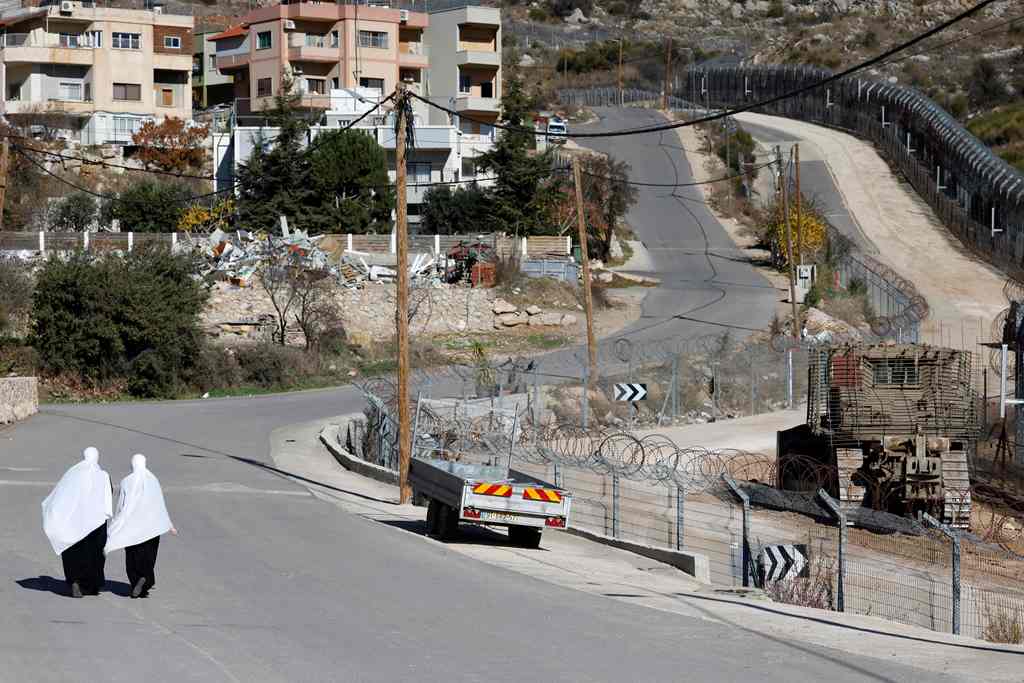To meet sustainability goals, our power systems need to change dramatically over the next 50 years – and Imperial College Business School is helping to provide the knowledge required.
Sustainability has been a defining concept of the 21st century so far, with many of the world’s biggest economies making major policy decisions around sustainable development goals. As countries move towards net zero emissions, this includes key decisions regarding the future of energy networks.
Helping to inform this complex planning is Richard Green, Professor of Sustainable Energy
Business at Imperial College Business School, who has worked with Imperial colleague Dr. Iain Staffell to develop economic and energy models that can quickly and accurately provide the information needed.
And by making this information as accessible as possible, the benefits can be shared and applied worldwide. Long-term modelling is essential when estimating the financial viability of a new electricity plant, which is crucial to deciding whether to build it.
If you want to know if a power plant is going to make money in 2060, you need to know what people are going to have built by 2050, and that depends on what they expect to happen in 2080.
Models must also quickly test and compare multiple scenarios, which is no small feat given the complexity of the situation.
This long-term modelling by Professor Green and Dr Staffell played a significant role in the European Commission’s decision to approve state aid for the UK’s Hinkley Point C nuclear power plant, which is expected to save around 600 million tonnes of CO2 emissions over its lifetime.
Their research indicated that new nuclear power stations would not be profitable until the 2050s without financial support from the government, which would stimulate nuclear investment during the 2020s – and would result in lower carbon emissions and fewer fossil-fuelled plants being built.
While the model was built for Britain, it could easily be adapted for any country with a
similar power system.
“Knowledge increases when data is made available to those with the expertise to use it in new and interesting ways.”
In terms of modelling wind and solar power generation, there’s an additional challenge.
These power stations can’t choose when they’ll generate energy, so predictions rely on understanding how often the weather will be favourable.
To enable others worldwide to benefit from Imperial’s research in this area, Dr. Staffell and Dr. Stefan Pfenninger – then a PhD student at Imperial – built the Renewables Ninja.
This freely available online tool uses weather data to estimate the energy generation of a solar or wind farm at any location the user chooses, making it a valuable resource for researchers in government, business and academia.
Experts at Imperial are also working to demystify the debate around decarbonisation in both the UK media and internationally, with many countries facing the same issues.
Working alongside Imperial’s Energy Futures Lab and energy company Drax, Dr Staffell and Professor Green set up Electric Insights, providing free data and analysis on the source, price and environmental impact of Britain’s electricity.
Open-source data from the likes of NASA has been essential to Imperial’s research, illustrating how the sum of human knowledge increases when data is made available to those with the expertise to use it in new and interesting ways.
When it comes to the complex work of sustainable development and lowering emissions, that knowledge, and those who can develop it, are vital.
While others speculate on the future, our diverse minds at Imperial College Business School are designing and building it. For more insight from the world’s top academics and industry experts, visit Many Minds.
Richard Green is a Professor of Sustainable Energy Business at Imperial College Business School.







